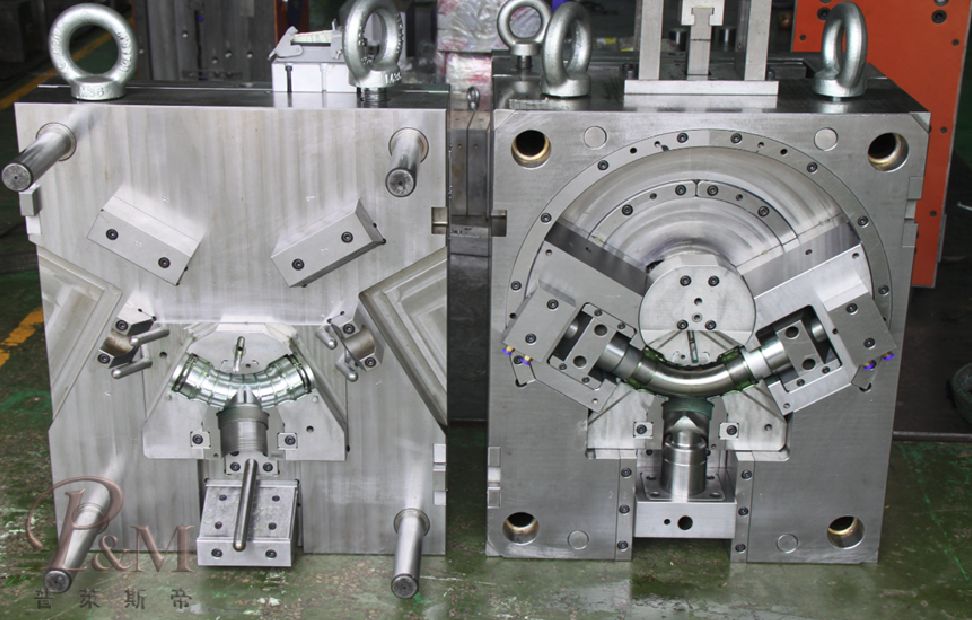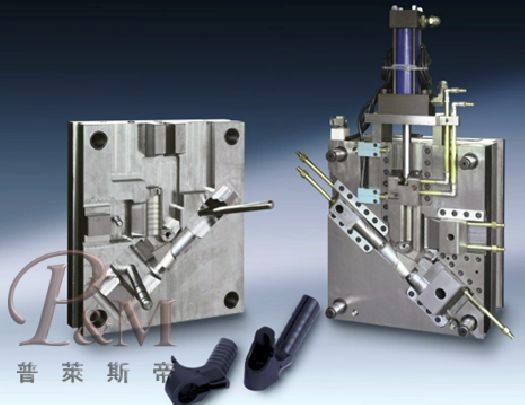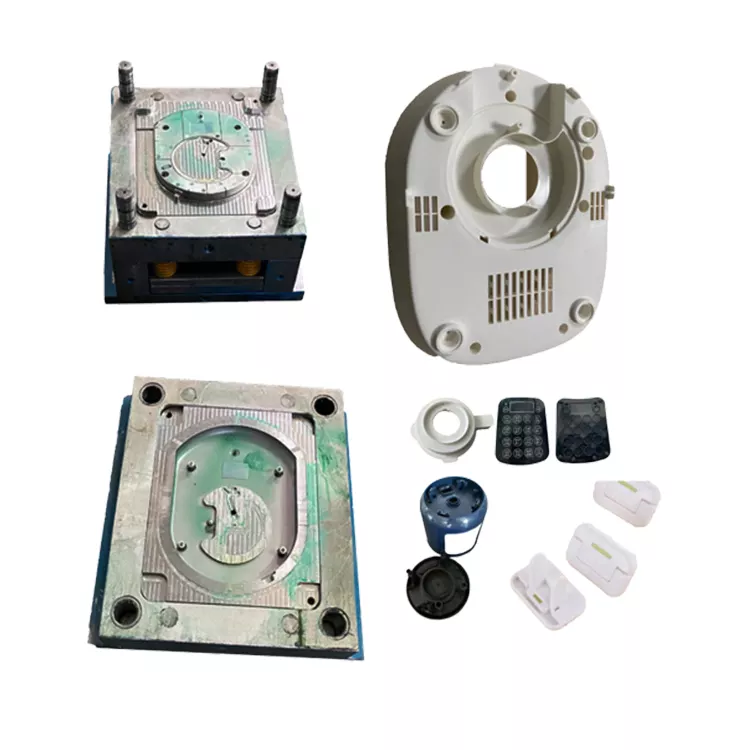Injection molding is a manufacturing process that has revolutionized the way plastic products are made. It is a highly efficient and cost-effective method of production that allows for the creation of complex and intricate shapes with great precision and accuracy. In this article, we will explore the basics of injection molding and the role of injection molds in the process.
What is Injection Molding?
Injection molding is a manufacturing process that involves the injection of molten plastic into a mold cavity. The molten plastic is forced into the cavity under high pressure, where it cools and solidifies to form the desired shape. The process is automated and can be used to produce large quantities of identical parts with high precision and accuracy.
The process begins with the creation of a mold, which is a hollow steel block with a specific shape and size. The mold is made by a skilled mold maker, who uses computer-aided design (CAD) software and advanced machining tools to create the mold. The mold is then fitted onto an injection molding machine, which is a specialized piece of equipment that is used to melt and inject the plastic into the mold cavity.
The injection molding process can be broken down into four key stages:
- Clamping: The mold is clamped shut and held in place by the injection molding machine.
- Injection: The molten plastic is injected into the mold cavity under high pressure.
- Cooling: The plastic cools and solidifies in the mold cavity, conforming to the shape of the mold.
- Ejection: The finished part is ejected from the mold cavity, and the process starts again.
The Role of Injection Molds
Injection molds play a critical role in the injection molding process. They determine the shape and size of the finished part and must be made to extremely tight tolerances to ensure the part is produced correctly. The mold also needs to be designed to allow for the proper flow of molten plastic into the mold cavity and to prevent any defects from occurring in the finished part.
Injection molds are made from high-quality materials, such as steel or aluminum, to ensure they can withstand the high pressure and temperatures involved in the injection molding process. They are also highly durable and can be used to produce large quantities of parts before needing to be replaced.
Conclusion
Injection molding has revolutionized the way plastic products are made. It is a highly efficient and cost-effective method of production that allows for the creation of complex and intricate shapes with great precision and accuracy. Injection molds play a critical role in the process, determining the shape and size of the finished part and ensuring it is produced correctly. With the use of injection molding, manufacturers can produce high-quality plastic products at a fraction of the cost and time it would take using traditional manufacturing methods.
The product design process is a crucial stage in the development of a new product. Before a product can be manufactured, it is important to go through several steps to ensure that the design is viable and meets the needs of the intended users.
The first step in the product design process is to identify the problem or need that the product will address. This involves conducting market research and gathering feedback from potential customers to understand their needs and preferences.
Once the problem or need has been identified, the next step is to develop a concept for the product. This may involve sketching out ideas or creating 3D models to visualize the design.
After the concept has been developed, the next step is to create detailed product specifications. This involves specifying the materials, dimensions, and other features of the product to ensure that it can be manufactured to meet the desired specifications.
Once the product specifications have been established, the next step is to create a prototype or mockup of the product. This can be done using various methods, such as 3D printing, CNC machining, or handcrafting.
The prototype is used to test and refine the design of the product. This may involve making adjustments to the dimensions, materials, or other features of the product to improve its functionality, usability, or aesthetics.
Finally, once the design has been refined and tested, the product can move into the production phase. This involves creating detailed manufacturing plans and setting up the production process to create the final product.
Overall, the product design process is a complex and iterative process that involves several stages, from identifying the problem or need to creating a prototype and refining the design. By following these steps, designers can ensure that their products meet the needs of their users and are manufactured to the desired specifications.
Post time: Jul-27-2023



